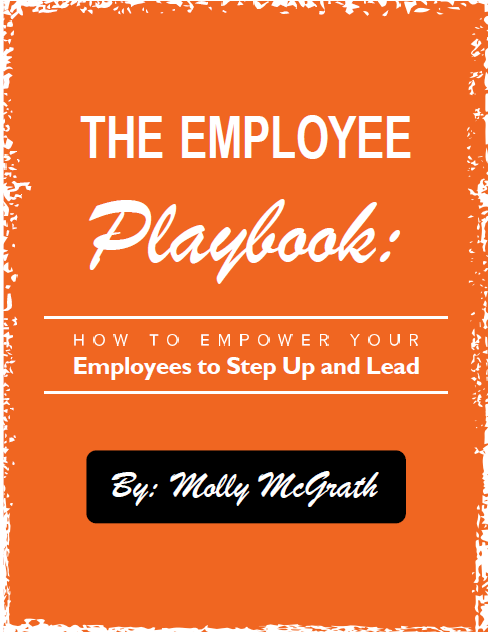
More than a year into the Covid-19 pandemic you have surely realized that in-office processes that worked smoothly no longer function in a virtual workspace. Gone are the impromptu check-ins over morning coffee and the casual afternoon meetings that allow you to set priorities and iron out wrinkles. With teams working remotely, these elements of your firm’s process need to be re-imagined and deliberately instituted. After all, without them, entire projects risk falling through, and even your firm’s future may sit in jeopardy.
The Best Law Firms Have the Best Processes
As soon as the pandemic struck and workers were forced to set up home offices, leading firms jumped to update their processes in hopes of smoothing the transition. After all, they realized that a brief slowdown to recalibrate would pay dividends if it meant being able to maintain productivity and morale during the hard months to come. While not all measures proved to be successful, some have emerged as decisive in determining which firms will come out of the pandemic on top, and which may not come out at all.
Get Rid of Work About Work: Three Ways to Improve Remote Processes
According to Asana’s Anatomy of Work Index 2021, workers lose 61% of their time organizing and coordinating the work that needs to get done. This leaves only 27% percent of their time to invest in skilled tasks and 12% to direct toward strategy. This means that more than half of paid hours are spent on tasks that could be expedited by employers implementing strong systems. Changing this means attending to the following:
1. Setting Clear Goals and Timelines
If every member of your team cannot identify the end date of a given project, you have a problem. Ambiguous timelines and goals are a sure way to waste resources. Begin streamlining your virtual processes by implementing a system that makes both end dates and completion criteria crystal clear.
This goes beyond ensuring that you’ve told everyone what needs to be done and when it needs to be done. It also includes investing in virtual software that allows employees to revisit details and share hiccups they may be experiencing in real-time.
2. Focusing on Results-Based Work
In a virtual office setting, it does not matter that an employee is glued to their desk and ever-present in Zoom meetings. Instead, what matters is that they focus their working hours on results-based tasks that drive your firm forward. Achieving this requires management to organize goals around profitability and performance rather than hours logged. Further, it means automating busy work and encouraging team members to leverage their most productive hours by working around other life commitments.
3. Instituting Accountability
Without a break room to congregate in, you count on informal check-ins to ensure projects remain on track. Instead, accountability, itself, becomes a task to assign. By tapping your top performers to ensure deadlines and met and goals are completed, you not only maintain smooth operations but boost job satisfaction by empowering your employees. After all, human beings thrive on trust. Giving members of your team the chance to show that they can deliver when entrusted with authority communicates belief in their abilities and an appreciation of their skills.
To dive deeper into optimizing your firm and ensuring top-tier success, do not hesitate to schedule a call with me, Molly McGrath, whether it be to register in the Team Empowerment Academy or learn more about the 66-Day Law Firm Turnaround Program.

